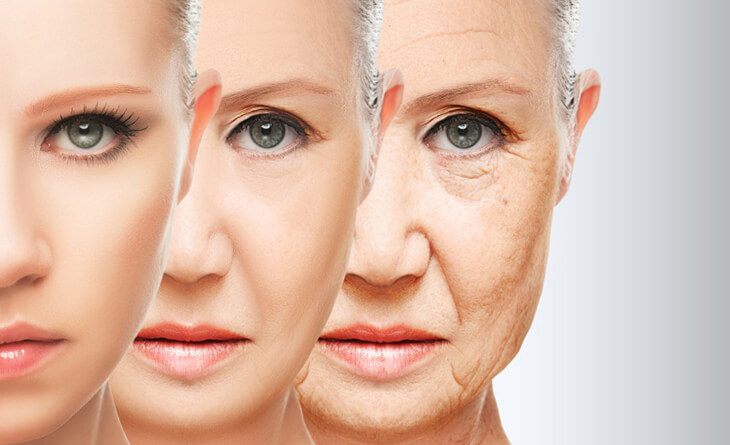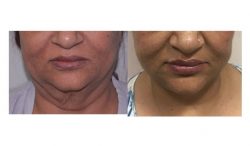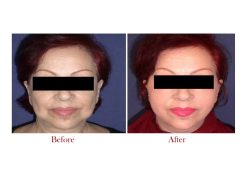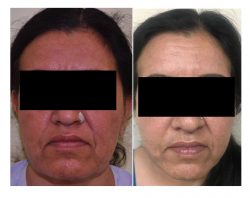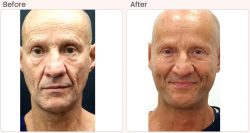Can a Facelift Eliminate Wrinkles?
Rhinoplasty, or facelift, is one of the most popular cosmetic surgery procedures worldwide. By eliminating extra facial skin and contouring the bottom part of the face, it seeks to give a more vibrant and young appearance. With aging, the face loses its youthful aspect, the facial skin begins to lose its elasticity, and symptoms like drooping brows, wrinkles, fine lines, and creases begin to show.
By tightening the drooping skin and underlying muscles, removing extra skin and fat, reducing cheek and jawline fat, and lifting the corners of the mouth, facelift surgery achieves its goal of giving the face a more youthful appearance. This blog will discuss facelift and its related aspects. The insights have been taken by a renowned plastic surgeon, Dr. Mrinalini Sharma who is widely known for providing the best facelift surgery in Delhi.
In this blog, we will learn how facelift surgery helps to provide a youthful appearance to an individual. Incisions for the facelift are made in discrete locations that run from the front to the back of the ear. The method yields the best results when other procedures like a forehead lift, eyelid surgery, and brow lift are combined.
Facelift
Facelifts are often done between the ages of 40 and 60. There is no typical age for a facelift, though. The degree of skin aging will determine everything. Other procedures, including anti-wrinkle injections, fillers, ULTHERA, and HIFU, can be used to treat early signs of aging like fine lines.
Types of Facelift
The best solution for severe wrinkles, sagging, and hanging skin is a facelift. Depending upon the skin type, facelift is of following types:
- Skin Lift
The simplest type of facelift involves simply removing extra skin without touching the underlying muscles. The treatment takes only a short amount of time, and there is less downtime. The skin may stretch again; therefore, the effects may not last very long.
- SMAS Lift
This advanced facelift procedure targets the underlying facial tissue’s laxity. The SMAS (Superficial Musculoaponeurotic System) is the fibrous tissue that exists between the face muscles and subcutaneous fat. This area is precisely tightened in conjunction with the skin above. As a result, the mending is stronger and the results last longer.
Facelift Outcomes
A facelift is a daytime procedure completed under general anesthesia. The procedure lasts for two to six hours. The surgeon separates the facial skin from the underlying fat and muscle before tightening the muscle and fascia. The skin is then redraped, with the surgeon cutting and suturing or stapling it into place.
The face will be sensitive, puffy, and bruised for a few days following a facelift. For the first two days, a dressing will be applied to it. Following that, a compression garment is worn for a few weeks. Facelift scars are not very visible since they are concealed in the hairline, the wrinkles behind the ears, or under the jawline. Most patients are really satisfied with the surgery because it removes many years from the patient’s appearance.
About a week to ten days after the surgery, one can resume light activities and work, but will probably need to cover up any lingering bruises with cosmetics. Once the swelling totally goes down over the course of the next few weeks, final results will be visible, which are certainly deserving of praise.
If one is thinking of getting a facelift surgery or is curious to know more about it, one can consult Dr. Mrinalini Sharma, a renowned plastic surgeon who provides effective facelift surgery in Delhi. Contact the expert doctor at Aestiva Clinic.
